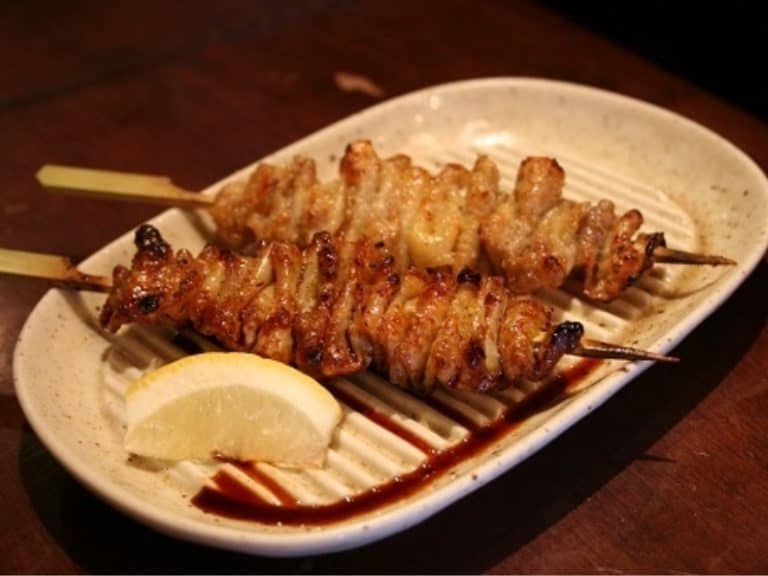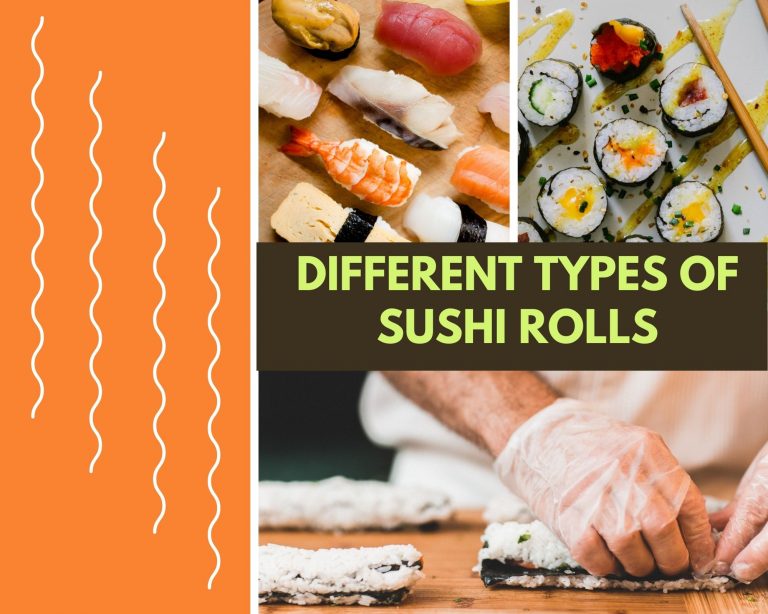How To Make Tonkotsu Ramen Broth
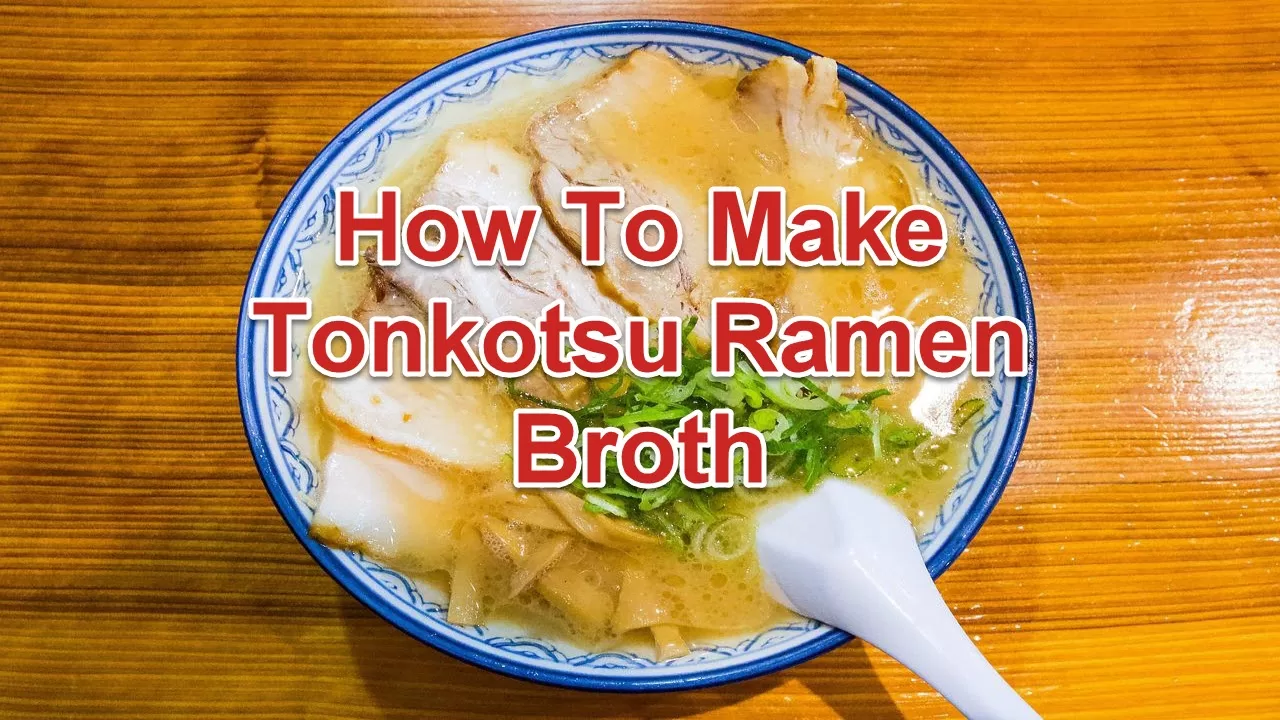
If you have a craving for a bowl of ramen but are unable to visit a Japanese restaurant or do not wish to have it delivered to your home, there is no need to worry. Making Japanese ramen at home requires dedication. We’ll show you how to prepare a good ramen, particularly tonkotsu ramen. However, making genuine tonkotsu ramen takes time. It needs commitment, quite challenging, but is entirely worthwhile.
If you are interested in learning how to prepare a good tonkotsu ramen broth, scroll down and continue reading.
How To Make Tonkotsu Ramen Broth
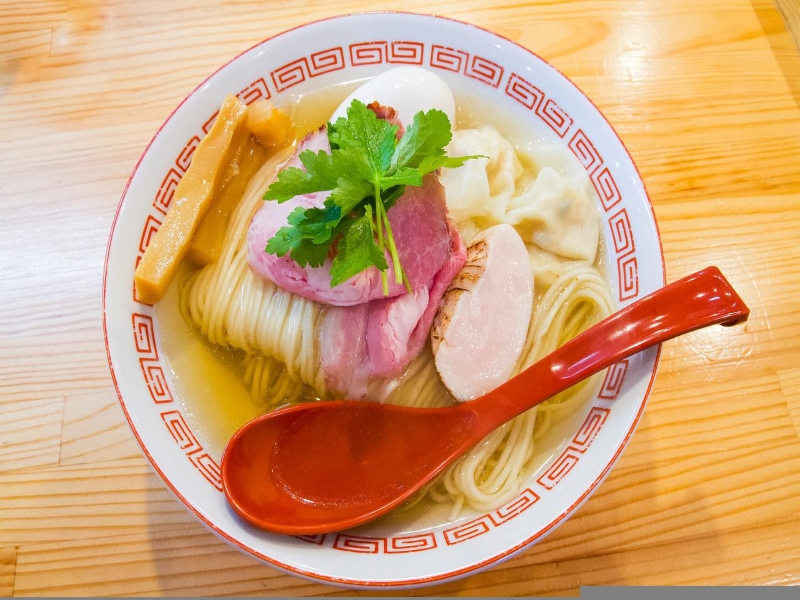
What Is Tonkotsu Ramen?
Tonkotsu ramen is a signature dish in both Fukuoka and Kyushu, and it is a kind of ramen that was developed in Fukuoka, Fukuoka Prefecture on the Japanese island of Kyushu. The delicacy is customarily topped with sliced pork belly and served with ramen noodles that are firm in the middle. The tonkotsu broth is made from pork bones and other components that are normally boiled for many hours. This ramen soup is also known as Hakata ramen in Fukuoka, Japan.
Tonkotsu means “pork bones” in Japanese, and the tonkotsu ramen broth is made from pork bones. The pork broth is made by boiling pork bones in water for up to 18 hours, and the resulting broth has a cloudy appearance. Onion, spring onions or green onions, garlic, ginger, soy sauce, pork fat(pork fatback), pig’s trotters, oil, and chicken carcasses can all be added as additional broth components. Slices of roasted or braised pork belly are added together with cooked ramen noodles for serving. Additional ingredients may also be used, such as kombu, kikurage, shōyu, sesame seeds, chili bean paste, garlic oil or black garlic oil, chili oil, soft boiled eggs, and more.

Common Types of Ramen Broth
Miso Ramen
Fermented soy paste is used to flavor miso ramen noodles. It contains a lot of soy.
Shio Ramen
Shio means salt in Japanese. It is a translucent or light-colored broth with salt as its main ingredient. Sometimes pork bones are also put. However, they are not simmered for as long as they are for tonkotsu ramen, to keep the soup light and transparent.
Shoyu Ramen
One of the most popular broths is shoyu ramen, which is based on soy. Shōyu means Soy Sauce. This specific variant of ramen features a clear, dark broth made from chicken and vegetable (or occasionally fish or beef) stock with a generous portion of soy sauce. The result is a soup that is salty, and flavorful.
Tonkotsu Ramen
As mentioned above, it is a rich, meaty dish made from pork bones.
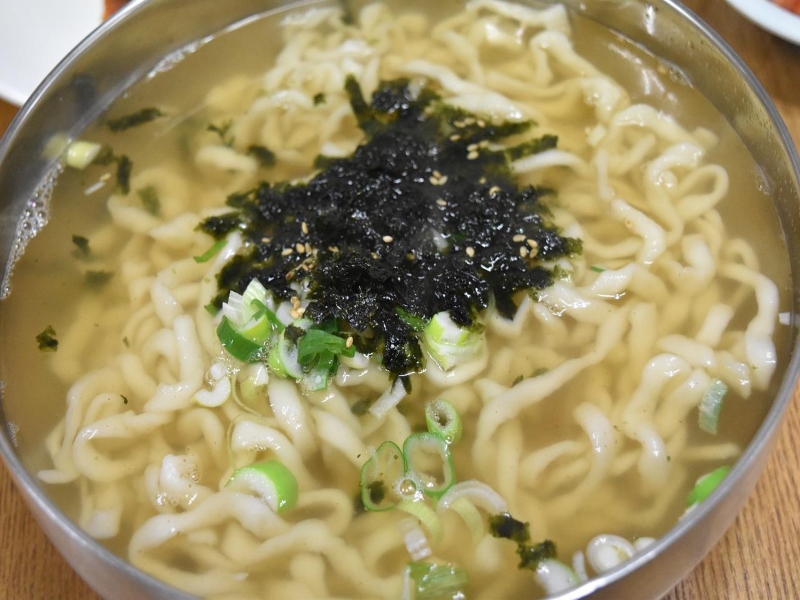
Basic Ingredients Of Tonkotsu Ramen Recipe
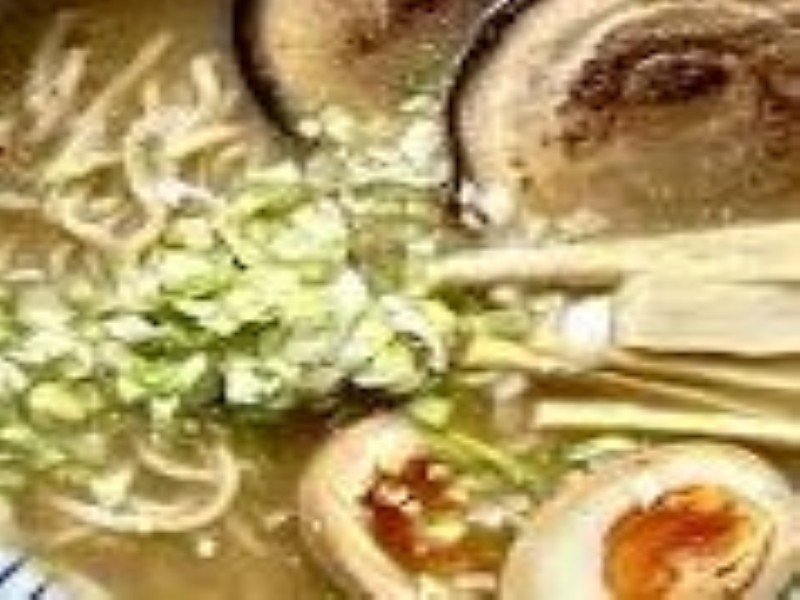
Tonkotsu Broth
Tonkotsu Broth is the core of the tonkotsu ramen. It doesn’t need much effort, but it does take 12 to 18 hours. You can’t hurry this, yet it’s mostly ignored.
However, you can make a lot of the tonkotsu broth and put it in the freezer. A bowl or as many as you like. As long as you have a pot that is large enough.
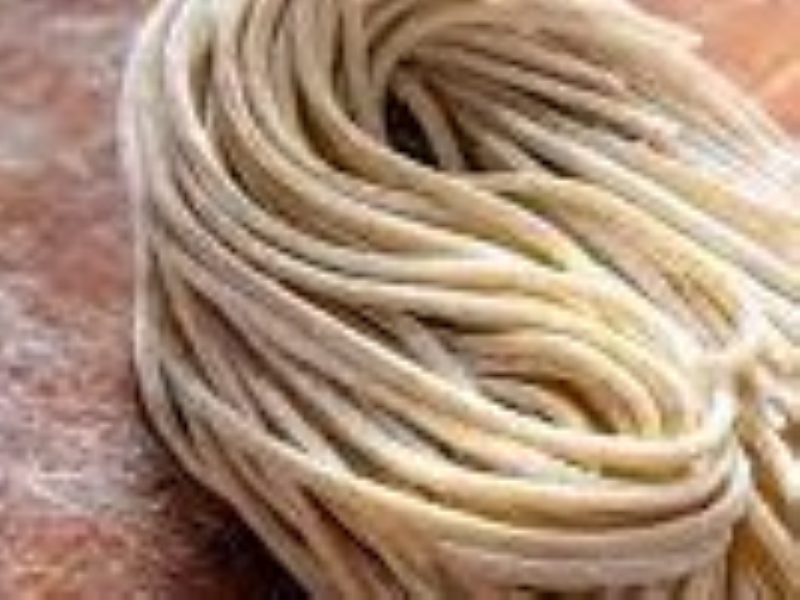
Noodles
The backbone is the noodles. The majority of noodles are manufactured with four primary ingredients: wheat flour, salt, water, and kansui, which is a sort of alkaline mineral water derived from Chinese jiǎnshuǐ that contains sodium carbonate, potassium carbonate, and often a little quantity of phosphoric acid. Ramen noodles and udon noodles are both manufactured from wheat and resemble one another, but they are not the same.
The distinctive ingredient of ramen noodles, kansui, comes from Inner Mongolia, where several lakes are claimed to have high concentrations of these minerals and whose water is ideal for creating these noodles. Noodles made with kansui have a firm texture and a yellowish color. Kansui can also be replaced with eggs. Other kinds of noodles are only used for yakisoba because they have a weaker structure, are more likely to absorb moisture, and become incredibly mushy when served in soup. These types of noodles are manufactured without eggs or kansui.
Ramen is available in a variety of shapes and forms. It can be straight or wrinkled, thick, thin, or even ribbon-like.
Ramen noodles were traditionally produced by hand, but as the dish has become more prominent, many ramen restaurants now opt to utilize noodle-making machines to satisfy the rising demand and enhance quality and services.
Dried Japanese ramen is available in Asian markets. Check the ingredient list for sodium carbonate or potassium carbonate. Refrain from using packed, dry, instant ramen. Those are quite distinct.
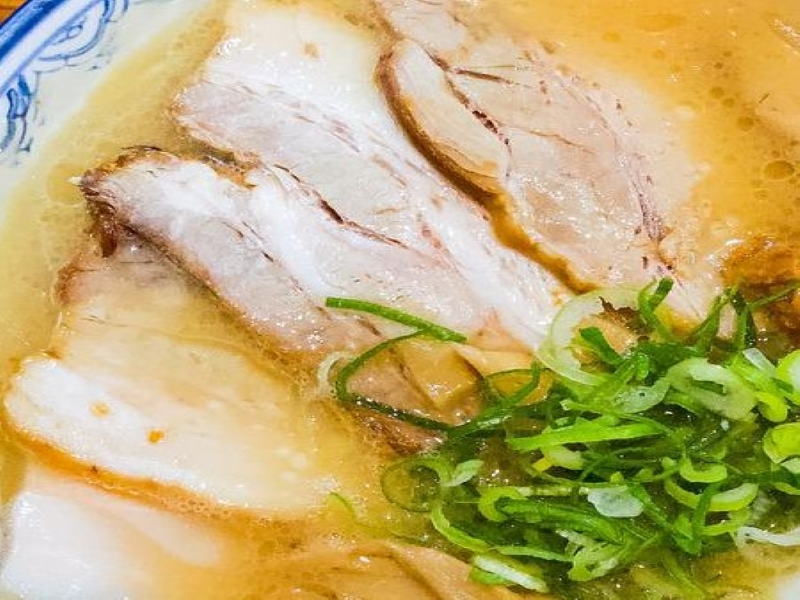
Pork
It’s known as chashu. Pork belly has been marinated. Chashu is a popular Ramen topping in Japan.

Eggs And Flavorings
Usually, medium-boiled eggs are served with tonkotsu ramen.
It takes roughly 7 minutes to cook medium boiled egg. The whites are firm and the yolk is just beginning to set.
Pork Bones For Tonkotsu Broth
Tonkotsu broth is made by simmering pork bones for a very long time at a rolling boil. In addition to the usual dissolving and gelatin production, you also end up dissolving additional components, including fat, marrow, calcium, and several other minerals and proteins, into little particles that float in the soup and make it opaque.
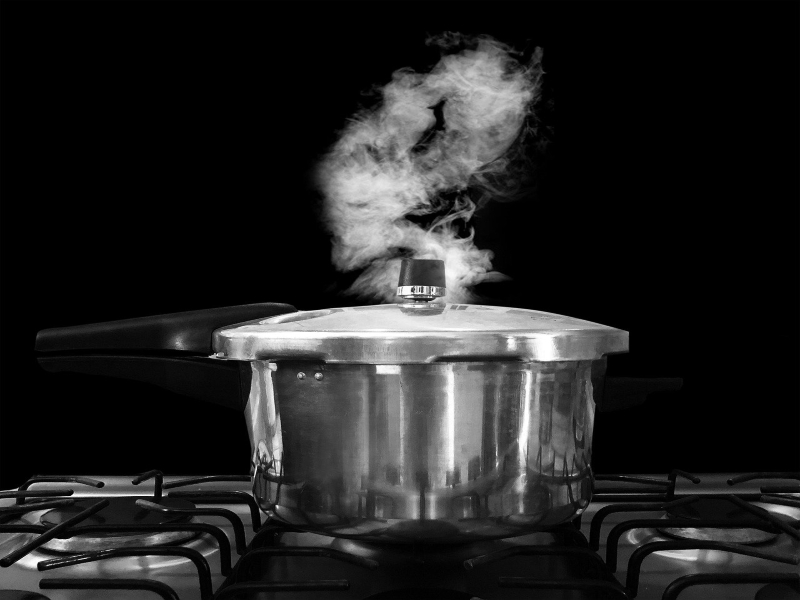
Making Tonkotsu Ramen Broth Through The Use Of Pressure Cooker
You have the option to use a pressure cooker to make the ramen broth. To soften down the flavor, it is best to combine the split pork trotters with a chicken carcass. Pork trotters have plenty of flavor, loads of collagen, and a reasonable quantity of fat and marrow. Splitting them crosswise provides better extraction.
As a result, you’ll still get a delicious broth. The broth is still flavorful and rich in gelatin, but the color of the broth was almost clear. The pressure cooker’s high pressure environment make it possible to extract collagen quickly and convert it to gelatin quickly, the high pressure also hinders the rolling boil required to get the removed particles to emulsify into the broth.
Ingredients
- Pork Bones (1 lb neck bones, 1 lb femur bones, 1 pig trotter -split)
- Aromatics And Seasonings (chopped scallions, 5 dried shiitake mushrooms)
Instructions
- The night before, defrost all of the pork bones.
- Put everything in your pressure cooker and top it up with water.
- Allow to sit for about five minutes after mixing thoroughly.
- Then, pour the water, and rinse the bones. Add water again and keep the bones submerged.
- Bring to a rolling boil for one full minute over high heat, scraping off any scum that forms on top.
- Next, remove from heat and drain water. Rinse the bones in cold running water to eliminate any evident blood.
- Submerge the bones with water again, put the heat back on the stove, and then add all of your seasonings and aromatics.
- Set your pressure cooker to the maximum pressure it can withstand and bring it to pressure.
- For one hour, pressure-cook your broth. After that, the meat and skin need to be very tender, readily slipping off the bones or having entirely broken down. The softer bones should shatter in your hands.
- After that, emulsify the broth. Strain out the bones after letting your pressure cooker naturally release pressure.
- Put the broth in your blender or pressure cooker once it has been rinsed.
- Blend till it emulsifies on high speed. You may see an oily froth on top, which you can remove by quickly boiling the broth.
- This broth can be consumed right away or put in the refrigerator until the following day.
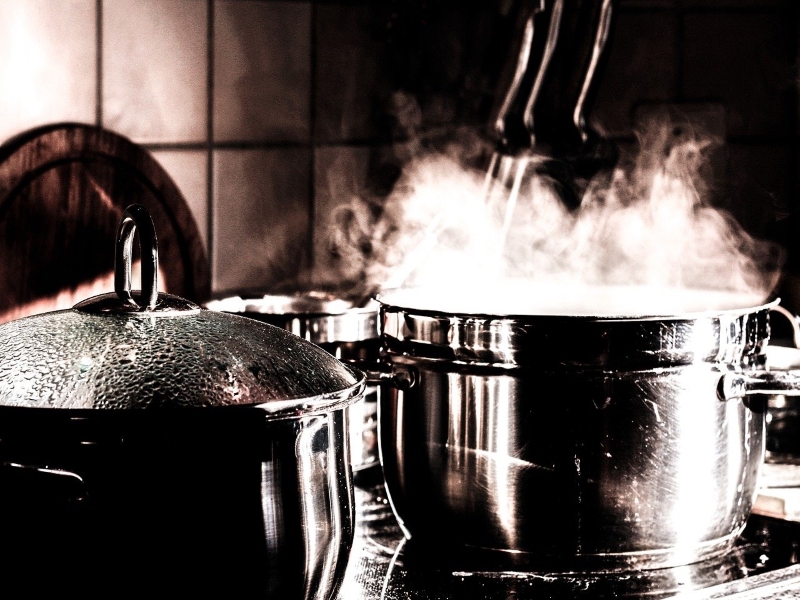
Making Tonkotsu Ramen Broth Through The Stovetop
For 12 hours, the broth is cooked and brought to a rolling boil.
Pork neck bones may be used to make tonkotsu soup.
Tonkotsu ramen broth’s key ingredient is clean bones. Tonkotsu soup is often a deep, dark brown, but by blanching the pork bones and carefully cleaning them to remove coagulated blood and other impurities, the finished broth is a light brown.
The emitted fat and other particles must emulsify in the soup in order for it to become opaque and creamy. This is accomplished by maintaining the broth at a low, rolling boil.
Ingredients
- 3 lbs pork bones/Pork neck bones
- 2 lbs chicken backs and carcasses, skin and excess fat removed
- 4 oz sliced, white mushrooms
- 10 galic cloves
- Chopped ginger
- 1 peeled onion
- 2 tbsps vegetable oil
- 1 lb slab pork fat back
Instructions
- In a large stockpot, add the pork and chicken bones and cover with cold water. Place on a stove and heat to a rolling boil. Once boiling has occurred, gently remove from heat.
- In a medium non-stick or cast iron skillet, heat vegetable oil over high heat until it begins to smoke. Add the ginger, garlic, and onions. Cook for about 15 minutes total, sometimes flipping, until fully browned on most sides. Then, set aside.
- When the stock pot reaches a boil, pour the water down the drain. All bones should be carefully washed under cold running water to get rid of any marrow or blood clots. After being washed, bones should be a consistent shade of grey or white. Small pieces of dark marrow can be extracted with the use of a chopstick from the chicken’s spines or the inside of the trotters.
- Then, put the cleaned bones back in the stockpot. Cover with cold water and bring to a rolling boil.
- Put the mushroom, pork fatback, charred vegetables such as onion, garlic and ginger on the stockpot, then keep the water at a rolling boil for 12 hours, add more water as needed. The bones should remain submerged the entire time. For this, it’s preferable to cover the pot; otherwise, you’ll need to add water every half-hour.
- Get the stock from the heat and let it gently cool after 12 hours. Using a slotted spoon, remove the bones, then strain the stock through a fine mesh strainer. Throw away solids. Repeatedly strain the soup through a fine-mesh strainer with several layers of cheese cloth for an even cleaner result. You can also ladle out the liquid fat at the top and discard it.
- The stock may now either be frozen or put in the fridge for a 2 to 3 days.
- When ready to serve, season broth with chosen seasonings, such as soy sauce, salt, freshly grated garlic, miso, chile oil, sesame paste, or a combination of these, then top with cooked ramen noodles and toppings.

How To Make Tonkotsu Ramen
Ingredients
For Tonkotsu Ramen
- 8 cups tonkotsu pork broth
- 12 oz dried ramen noodles (nice quality)
- 4 large eggs
- 3 oz enoki or other mushrooms
- Green onions, thinly sliced
For Chashu Pork Belly
- 2 lb pork belly
- 2 green onions, chopped
- 1/4 cup soy sauce
- 1/2 cup sake
- 1/4 cup sugar
- 1/2 cup mirin
- 3 cloves garlic
For Soy Bacon Tare
- 2 slices bacon
- 1/4 cup soy sauce
- 2 tablespoons mirin
- 2 tablespoons sake
- 4 tablespoons shiro miso
For Miso Tare
- 1/4 cup mirin
- 1/2 cup shiro miso
- 1/4 cup sake
- 1 teaspoon kosher salt
Instructions For The Chashu Pork Belly
- Gather the soy, sake, mirin, sugar, garlic, green onions, and put them in a big plastic sealed bag enough to fit the pork belly with the other ingredients. Place a straw inside the bag and zip it up around it, in this case, the only opening here is the straw. Seal after squeezing out as much air as you can.
- Pork should be sous vide for 10 to 11 hours at 170F.
- Take the pork out of the plastic sealed bag. Throw away the plastic bag, and marinade.
- Allow the chashu pork belly to cool fully. Then, cut the chashu pork crosswise into 8 slices the appearance should look like bacon slices.
For Soy Bacon Tare
- In a small sauce pan, combine each of the soy bacon tare’s components. Simmer for approximately an hour on the lowest setting. If appropriate, top up with a little chicken stock.
- Next, take the bacon out.
For Miso Tare
In a small sauce pan, combine all the ingredients and boil for about 5 minutes on the lowest heat.
For The Tonkotsu Ramen
- The eggs need to be boiled first. Bring to a boil enough water to completely cover the eggs. Boil the large eggs for approximately 6 minutes. To chill the eggs, submerge them in ice or cold water. As a result, the egg yolks can’t continue to firm. Peel. Just before serving your tonkotsu ramen, cut in half.
- Follow the instructions on the pack and thoroughly boil the ramen noodles. If the instructions is not translated, boil it for 4 minutes. Salt is not required. You can cook the mushrooms with the noodles.
- Then, lightly fry the chashu pork using a nonstick pan.
- In the bottom of four bowls, put 1/4 of the tare you’re using.
- Each bowl should get around 1/2 cup of tonkotsu broth, which you should then mix together.
- Next, put the noodles, and add 1 1/2 cups more of the tonkotsu broth to each bowl.
- Lastly, add the egg, pork, mushrooms, and green onions on top.
Frequently Asked Questions
Tonkotsu broth is creamy, rich and almost white in color due to the pork marrow bones. The pork bones has been boiled for a long period of time.
Tonkotsu broth is boiled for at least 12 hours at a rolling boil.
Tonkotsu broth is a pork bone broth.




